MercoPress. South Atlantic News Agency
Antarctica
-
Thursday, March 24th 2022 - 09:15 UTC
South Georgia appoints new Director of Operations; Steve Winn has a long maritime experience
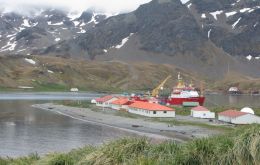
Following a highly competitive recruitment process, the Government of South Georgia and the South Sandwich Islands, GSGSSI announced the appointment of Steve Winn as our new Director of Operations.
-
Tuesday, March 22nd 2022 - 09:05 UTC
New Zealand halts new Antarctic vessel development due to budgetary crisis

The Government of New Zealand has halted the Antarctic Patrol Ship Project, citing budgetary shortcomings stemming from expenses incurred in the fight against COVID-19, it was reported.
-
Monday, March 21st 2022 - 09:55 UTC
Most unusual temperatures recorded in Antarctica
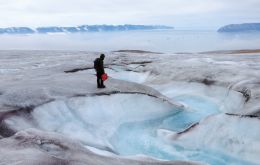
Meteorologists have registered rare temperatures in Antarctica 30 degrees Celsius above usual figures, which had last been recorded in 1991. Scientists believe that should this situation persist, it would be a clear sign of climate change.
-
Monday, March 21st 2022 - 09:20 UTC
South Orkney Sunshine glacier shrunk one seventh in 20 years, HMS Protector confirms
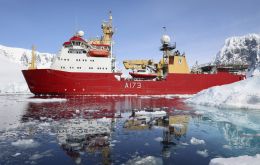
The Royal Navy’s polar research ship HMS Protector found an enormous Antarctic glacier vanishing at an alarming rate. The mighty Sunshine Glacier has shrunk by one-seventh in 20 years – an area the size of more than 130 football pitches has melted away.
-
Wednesday, March 16th 2022 - 09:41 UTC
Ushuaia and Punta Arenas consider the 2021/2022 cruise season over
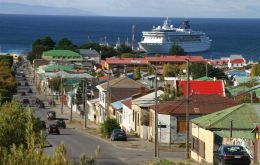
Two companies that were still organizing Antarctic cruises, over the weekend and almost coincidentally announced that the current trips would be the last, in effect putting an end to a short season.
-
Saturday, March 12th 2022 - 06:02 UTC
New research shows that slow growth in Antarctic fish is linked to problems making proteins

Antarctic fish have adapted over millennia to survive in the freezing temperatures of the Southern Ocean but in doing so have lost their ability to grow at rates seen in their warmer water cousins. Researchers have now discovered the cellular causes of this crucial difference between Antarctic and warm water fish.
-
Wednesday, March 9th 2022 - 10:55 UTC
Sir Ernest Shackleton’s Endurance is Found
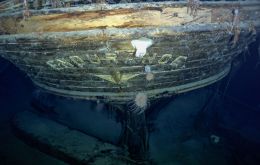
The Falklands Maritime Heritage Trust confirmed on Wednesday that the Endurance22 Expedition has located the wreck of Endurance, Sir Ernest Shackleton’s ship which has not been seen since it was crushed by the ice and sank in the Weddell Sea in 1915.
-
Monday, March 7th 2022 - 09:38 UTC
Founding stone for relocated naval base in Ushuaia with its own wharf
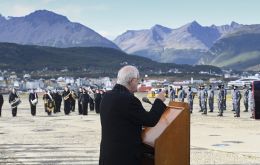
Argentine Minister of Defense Jorge Taiana and the governor of Tierra del Fuego province, Gustavo Melella laid the founding stone of the Ushuaia Integral Naval Base, which will replace the current naval base, and will be built in two phases including 15.000 square meters military wharf.
-
Monday, March 7th 2022 - 09:20 UTC
HMS Protector in solidarity and supplies visit to Ukraine base in Antarctica
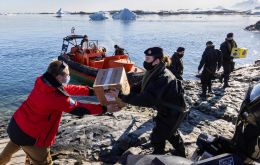
Royal Navy sailors showed their support for and solidarity with the people of Ukraine when they called on one of the nation’s most remote outposts. The Navy’s sole icebreaker HMS Protector dropped in on 21 scientists who maintain the polar research station of Vernadsky in Antarctica to check on their welfare.
-
Saturday, March 5th 2022 - 09:39 UTC
Automation in place at BAS Halley VI Research Station
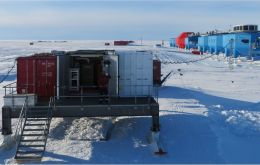
In late February, the British Antarctic Survey (BAS) Halley VI Research Station closed for the 2021/22 season. The season saw some major developments at the station, including several significant improvements and additions to its automated systems.
